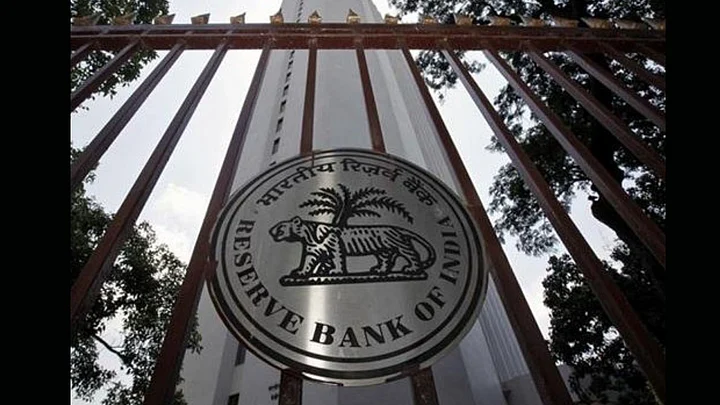The Reserve Bank of India asked lenders to link all new floating-rate loans to external benchmarks to improve transparency.
Starting 1 April, floating-rate personal or retail loans and small business loans will be linked to an external benchmark, according to the change announced along with the monetary policy. Final guidelines will be issued by the end of December.
Banks will have the discretion to decide on the spread at the inception of the loan but that should remain constant over the period of the loan unless there is a change in the borrower’s credit score.
The external benchmarks that the banks can choose from include:
- RBI’s repo rate, or
- The Government of India 91 days Treasury Bill yield produced by the Financial Benchmarks India Private Ltd, or
- Government of India 182 days Treasury Bill yield produced by the FBIL, or
- Any other benchmark market interest rate produced by the FBIL.
After linking base rate to the marginal cost of funds-based lending rate, the RBI is now making it mandatory for banks to link interest rates to the external benchmarks, NS Vishwanathan, deputy RBI governor, said. That, he said, would make interest rates transparent for borrowers.
Calling the move long overdue, Jaideep Iyer, head of strategy at RBL Bank Ltd, said the external benchmarks should help better reflect the global rate environment. The RBI has always felt that monetary transmission is supposed to happen like repo rate change. However, banks have a lot more to grapple with, he said. The move will be challenging for interest-rate management by banks, he added.
The present system benchmarks include prime lending rate, benchmark prime lending rate, base rate and marginal cost of lending rate.
An internal study group chaired by Janak Raj had recommended the use of external benchmarks by banks for floating rate loans in October 2017.
(This article was first published in BloombergQuint)
(At The Quint, we question everything. Play an active role in shaping our journalism by becoming a member today.)
